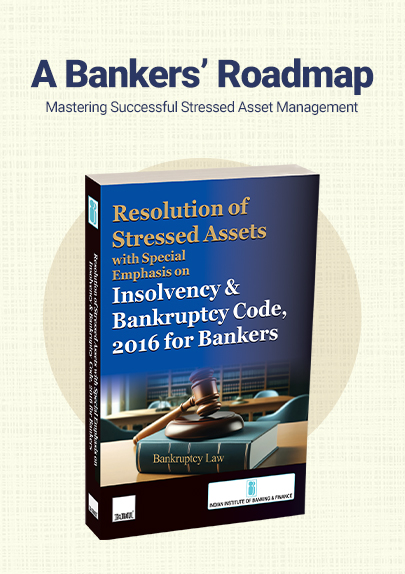[Opinion] Navigating the Complexities of Forward Exchange Contracts | A Comparative Analysis of AS 11, Ind AS 109, and ICDS VI for Income Computation
- Blog|News|Account & Audit|
- 2 Min Read
- By Taxmann
- |
- Last Updated on 30 November, 2024
CA Siddharth Patel & CA Sumit Vaghasiya – [2024] 168 taxmann.com 651 (Article)
1. Introduction
Forward exchange contracts are essential financial instruments used to manage or hedge foreign currency risks. The accounting standards, Accounting Standard (AS) 11 – ‘The Effects of Changes in Foreign Exchange Rates’ and Ind AS 21 – ‘The Effects of Changes in Foreign Exchange Rates’, prescribe distinct accounting methods for Forward exchange contracts based on their nature and purpose.
Additionally, the computation of income under Income Computation and Disclosure Standards (ICDS) VI – ‘Effects of Changes in Foreign Exchange Rates’ outlines the methodology for determining the income or loss on forward exchange contracts. These computations are aligned with the provisions of the Income Tax Act, 1961 to determine the allowable income or loss on forward exchange contracts.
This article aims to explain and clarify the accounting treatment prescribed under AS and Ind AS and discusses its implications when computing the taxable income of the Assessee under the provisions of the Income Tax Act, 1961.
2. Brief
Forward exchange contracts are entered for various purposes, which can primarily be categorized into the following broad categories:
2.1 Forward Exchange Contracts for Hedging
Forward exchange contracts are frequently used to hedge foreign currency exposures, either existing or expected.
Existing Exposure
This involves hedging risks related to foreign currency assets or liabilities already recorded in the books.
Example: Foreign trade receivables (from export sales) or trade payables (from imported goods or services)
Expected Exposure
Hedging expected exposures relate to anticipated foreign currency transactions, which can be further divided into Firm Commitment & Highly Probable Forecast Transaction (HPFT)
- Firm Commitment: A firm commitment is a binding agreement for the exchange of a specified quantity of resources at a specified future date or dates. A firm commitment arises when there is a contractual obligation to settle a foreign currency asset or liability on a future date, even if it is not yet recognized in the books. For Example, A company has signed a contract to purchase goods priced in foreign currency, with delivery scheduled in the future. There is no existing recognized asset or liability for such exposure at the time of the commitment.
- Highly Probable Forecast Transaction (HPFT): A HPFT is an uncommitted but anticipated future transaction. It is highly likely to occur, based on the company’s operations, contractual obligations, or historical patterns. For Example, An entity expects to import machinery within three months and uses a forward contract to lock in the exchange rate. Although no firm commitment exists, based on current updates, the transaction is highly likely to occur.
Click Here To Read The Full Story
Disclaimer: The content/information published on the website is only for general information of the user and shall not be construed as legal advice. While the Taxmann has exercised reasonable efforts to ensure the veracity of information/content published, Taxmann shall be under no liability in any manner whatsoever for incorrect information, if any.






 CA | CS | CMA
CA | CS | CMA


